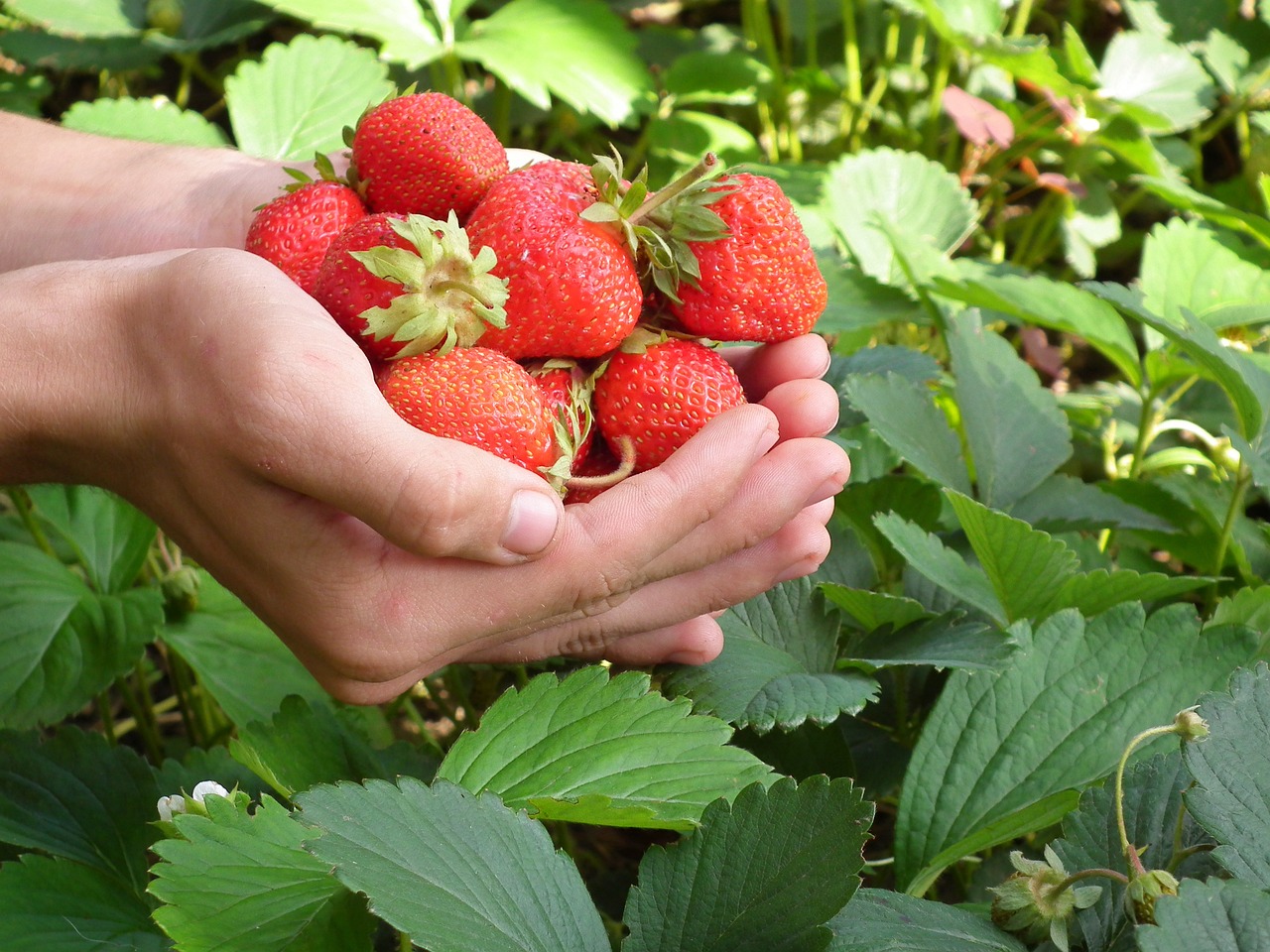
Welcome to the ultimate guide for cultivating luscious strawberries in Zone 9. Whether you’re a seasoned gardener or just starting out, these hidden secrets will help you achieve bountiful harvests of delectable, juicy strawberries. Zone 9, known for its warm climate, presents unique challenges and opportunities for strawberry cultivation. By incorporating these exclusive tips, you’ll be on your way to becoming a strawberry-growing maestro in no time.
Understanding Zone 9: A Primer
Before delving into the secrets, it’s essential to grasp the characteristics of Zone 9. This hardiness zone is characterized by mild winters and hot summers, making it ideal for certain plant species, including strawberries. The long growing season in Zone 9 provides an extended window for strawberry production, but it also necessitates specific strategies to mitigate the effects of the intense heat.
1. Selecting the Right Varieties
The foundation of a successful strawberry harvest lies in choosing the appropriate varieties for Zone 9. Not all strawberry varieties thrive in warm climates, so it’s crucial to opt for heat-tolerant and day-neutral varieties. Some recommended varieties for Zone 9 include ‘Seascape,’ ‘Albion,’ and ‘Chandler.’ These cultivars are renowned for their ability to flourish in the conditions prevalent in Zone 9, ensuring a steady supply of succulent strawberries.
2. Strategic Planting
In Zone 9, strategic planting is a game-changer for maximizing strawberry yield. Planting in the fall, typically from late September to early November, allows the roots to establish before the onset of the vigorous growing season. Additionally, utilizing raised beds or containers can aid in regulating soil temperature and moisture, offering a conducive environment for strawberry plants to thrive.
3. Adequate Sunlight and Shade Management
Sunlight is a primary catalyst for robust strawberry growth, but excessive heat can be detrimental. Ensuring that your strawberry patch receives around 6-8 hours of sunlight daily is paramount. However, during the hottest parts of the day, providing partial shade can shield the plants from the scorching sun, preventing stress and sunburn.
4. Soil Preparation and Nutrient Balance
Preparing the soil is a fundamental step in fostering healthy strawberry plants. Well-draining, loamy soil with a slightly acidic pH ranging from 5.5 to 6.5 is optimal for strawberry cultivation. Prior to planting, amending the soil with organic matter such as compost or well-rotted manure enhances its fertility and structure, laying the groundwork for vigorous root development and fruit production.
5. Irrigation Techniques
In Zone 9, efficient irrigation is indispensable for sustaining thriving strawberry plants. Drip irrigation or soaker hoses are preferred over traditional overhead watering, as they deliver moisture directly to the root zone while minimizing foliage wetness. This approach reduces the risk of fungal diseases and conserves water, two critical factors in the context of Zone 9’s climatic conditions.
6. Vigilant Pest and Disease Management
Strawberries are susceptible to an array of pests and diseases, and proactive management is pivotal to safeguarding your harvest. Regularly inspecting the plants for signs of infestation or disease, and promptly addressing any issues, is essential. Employing organic pest control methods and practicing crop rotation can help mitigate the impact of common strawberry adversaries, ensuring the continued vitality of your plants.
7. Prudent Fertilization
Strawberries necessitate a balanced and targeted approach to fertilization for optimal growth and fruit development. In Zone 9, a combination of organic and slow-release fertilizers can provide the necessary nutrients without overwhelming the plants. Applying fertilizer in accordance with the growth stages of the strawberries, and avoiding excessive nitrogen, is key to fostering robust foliage and delectable, plump berries.
8. Seasonal Care and Maintenance
Throughout the growing season, diligent care and maintenance are instrumental in nurturing juicy strawberries. This encompasses activities such as regular weeding, mulching to conserve moisture and suppress weeds, and grooming the plants by removing runners and aged leaves. Furthermore, providing adequate airflow around the plants and protecting them from extreme weather fluctuations contribute to the overall well-being of the strawberry patch.
In conclusion, mastering the art of growing succulent strawberries in Zone 9 entails a harmonious blend of knowledge, care, and strategic implementation. By integrating the 8 hidden secrets elucidated in this guide, you’re poised to embark on a gratifying journey of cultivating bountiful, irresistibly juicy strawberries. Embrace the unique attributes of Zone 9, and let these secrets be your trusted companions as you nurture and savor the fruits of your labor.
